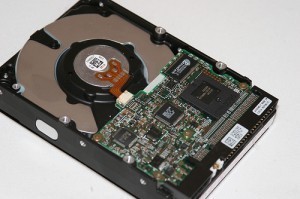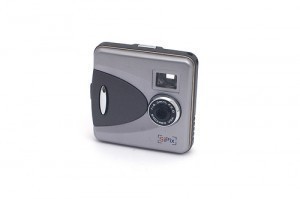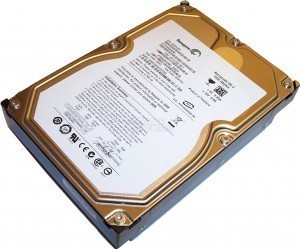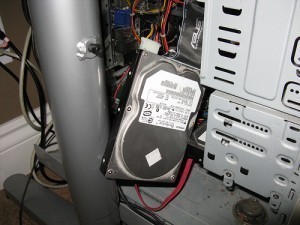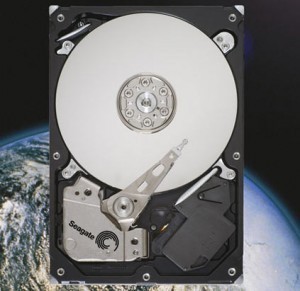Smallest Laptop Computer
There are many claiming to be the smallest laptop in the world. But the top contender is UMID Mbook M1. It weighs 366 g and measures 16 1x 96.5 x 19.1 mm. The computer is made in South Korea.
MID Mbook M1 Features
The device has a full QWERTY keypad. The design allows you to connect to a mouse via its USB port. The system is run by the 1.2GHz Intel Atom CPU. This makes it suitable for using basic apps. It is designed to work with Windows XP.
There is a 4.8 inch LCD screen. The resolution is 1024 x 600p. The smallest laptop in the world has a video playback time of seven hours. The computer has Wi-Fi and Bluetooth capabilities.
Specifications
Whether you are looking for the smallest laptop in the world or not, knowing something about the specs will be necessary. The physical dimensions are only one aspect you should look at. You don’t need to be a techie, but awareness of some basic facts is essential.
The most important is the processor. This is the brain of the computer. Three things ought to be examined: the speed, model and brand. Having the fastest processor is not always necessary. If you are going to use it mostly for Web browsing and email, a standard processor will do. Your Internet connection will also be important.
High speed processors are needed if the laptop will be used for online games, desktop publishing, 3D animation and rendering and photo editing.
Memory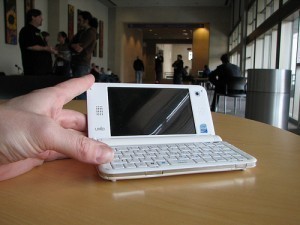
Memory or RAM is also important. The more memory a computer has, the more programs you will be able to open simultaneously. If you browse the Net a lot, get as much RAM as possible. Opening all those browser windows can exhaust a computer’s resources.
Screen Size
This is one of the main selling points of notebook computers. Unlike the processor or RAM, you cannot upgrade the display screen. Avoid a small screen as it will cause eyestrain. A large, clear screen is necessary for gaming.
The peripherals must also be accounted for. These include DVD drives, sound cards, USB ports, Wi-Fi, network cards, Bluetooth and so on. The more peripherals the device has, the more expensive it will be.
Companies are in a constant race not just to produce the smallest laptop in the world, but also the fastest. The intense competition results not just in faster computers, but also more portable ones.
